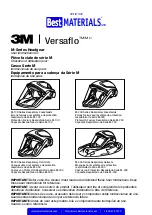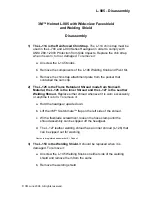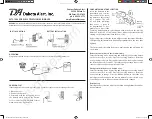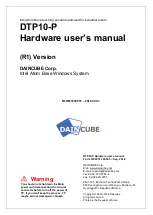
Basic safety notes
8
03.00 | RSS R1/W1 | Assembly and Operating Manual | en | 0889125
2.4 Environmental and operating conditions
• Make sure that the product is a sufficient size for the applica-
tion.
• Ensure that the area surrounding the receiver is free of sprayed
water and vapors, as well as free of dust from abrasion or pro-
cessing.
• The transmission path established by the system can be disrup-
ted by exterior influences temporarily or permanently. This
means that the conditions of the sensors at the receiver are not
updated for the duration of the interference. The interference is
only reported by the receiver once the watchdog time has
elapsed. It must be ensured that such interference cannot cause
damage. The watchdog time must be set for a period of time
suitable for the process.
• Within the range of 868.3 MHz, the system does not correspond
to the EMC regulation for radio wave penetration immunity. A
loss of wireless telegrams may occur in this range. If the an-
tenna is at a distance of over 25 cm from the receiver, the prob-
ability of interference increases. The application must therefore
be tested before it is integrated into a machine.
• Wireless switching receivers may not be used in conjunction
with devices that directly or indirectly serve human, health or
life saving purposes or that may endanger people, animals or
property when operated! This is the result of the classification
of the radio switching receiver in "Class 2 Equipment" according
to ETSI EN 301 489-3 V1.4.1 (2202-08) "Specific conditions for
short-range devices (SRD)".
• The time lag between measurable telegrams must be at least 50
ms.









































